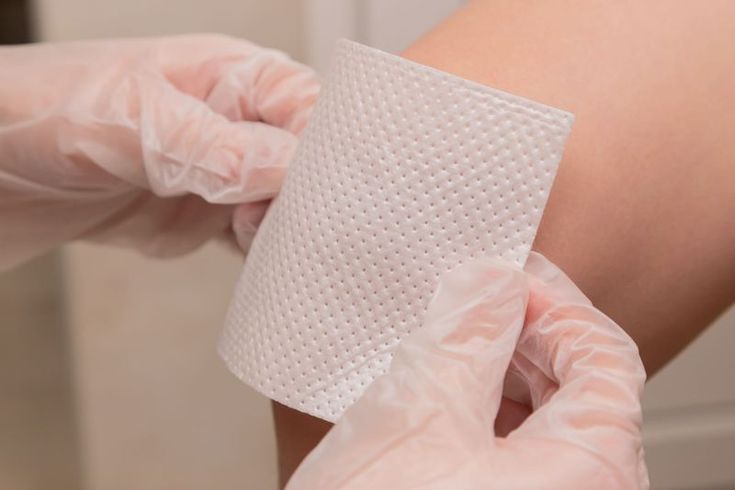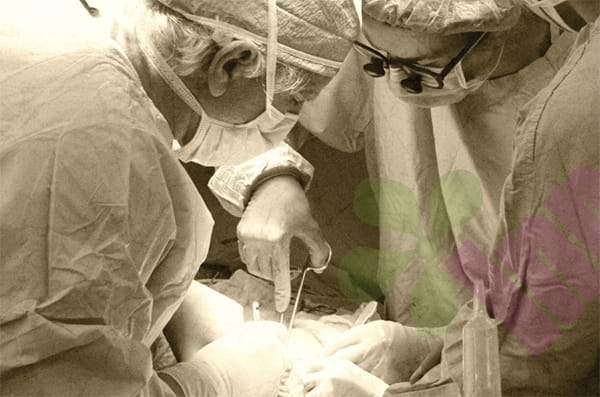Maintaining a sterile environment is crucial for preventing infection during wound care. Aseptic technique is not a single procedure but a comprehensive set of standardized processes designed to minimize the risk of microbial contamination and protect patients and healthcare professionals from pathogens. Mastering these fundamental principles can significantly improve wound care safety for both healthcare professionals and home caregivers.

Why is aseptic technique so important?
Wounds themselves are portals for microbial invasion, especially open wounds or postoperative incisions, which have lost the natural barrier of the skin. When bacteria and other microorganisms enter the wound and multiply, they can cause infection, which can delay healing at best and lead to systemic infection or even life-threatening conditions at worst. The core value of aseptic technology lies in cutting off the transmission pathways of microorganisms, protecting patients' wounds from contamination by pathogens in the environment, and preventing direct contact infection by medical staff. Statistics show that standardized aseptic techniques can reduce the incidence of wound infection by more than 60%, which is particularly important for high-risk groups such as postoperative patients and those with chronic wounds.
What does aseptic technique include?
A complete aseptic technology system covers multiple links. The first is environmental preparation. Before treating the wound, ensure that the surrounding air is circulating and the surface is clean. It is best to do it in a dedicated treatment room. The second is hand hygiene. The standardized seven-step hand washing method or the use of alcohol-based quick hand disinfectant is a necessary prerequisite. Instruments and dressings must be strictly sterilized, and disposable items must be checked for packaging integrity. During the operation, the clean area and the contaminated area must be distinguished, and sterile items cannot come into contact with non-sterile surfaces. Medical staff should wear appropriate protective equipment, including masks, hats, and sterile gloves. For patients, the skin around the wound needs to be disinfected first, usually wiping in a circular motion from the center of the wound to the periphery.
How to achieve relative sterility in home care?
The home environment cannot meet the sterility standards of the hospital, but some measures can be taken to minimize the risk of infection. Wash your hands thoroughly with running water and soap for at least 40 seconds before operation. Prepare a special wound care kit containing sterile gauze, tweezers, and disinfectant solution. Use disposable gloves when cleaning the wound. If you don't have them, you can use a clean plastic bag as a temporary substitute. It is recommended to choose iodine tincture or chlorhexidine as disinfectants, and avoid using highly irritating alcohol to directly contact the wound. The frequency of dressing changes should be adjusted according to the exudation situation. Too much or too little is not good. All waste that has come into contact with the wound should be sealed separately to avoid cross-contamination. Contact surfaces such as bedside tables should be disinfected before and after care.
What operations would violate the principles of sterility?
Many seemingly harmless habits can actually destroy the sterile environment. Touching the wound or the inside of the dressing directly with your hands is the most common mistake. Talking or coughing into the wound may cause droplets to carry bacteria and contaminate the wound. Reusing disposable items such as cotton swabs and gloves. Disinfectants may become ineffective or contaminated if not used for a long time after opening the bottle. Placing dressing bags on unclean surfaces at will. Touching contaminants such as hair and mobile phones after wearing gloves. These behaviors may introduce pathogens and increase the risk of infection. It is particularly important to note that the sterile state is immediate and needs to be re-established once interrupted. Do not rely on luck.
How to adjust aseptic techniques for special wounds?
Different types of wounds require targeted adjustments to the aseptic regimen. For large-area burns, due to the complete loss of the skin barrier, more stringent aseptic isolation measures are required, and it is best to treat them in a laminar flow ward. Diabetic foot ulcers are often accompanied by vascular lesions and low immunity. In addition to routine aseptic operations, special attention should be paid to controlling blood sugar. Postoperative infected wounds require thorough debridement before applying aseptic techniques. Stoma care emphasizes zoning management to avoid contamination of the wound by excrement. For children or patients with impaired consciousness, auxiliary restraints may be required to ensure safe operation. In either case, the core concept of the aseptic principle remains unchanged, but the specific methods need to be flexibly adjusted.
Aseptic technique may seem simple, but mastering it requires constant attention and practice. It's not only an essential skill for healthcare professionals, but also essential knowledge for home caregivers. While new sterile products and devices continue to emerge with advancements in medical technology, the core principle remains unchanged: minimizing the chance of microbial contamination. In today's increasingly prevalent world of antibiotic resistance, the importance of preventive aseptic measures has never been greater. Whether in healthcare facilities or at home, upholding aseptic principles is fundamental to patient safety and a key indicator of healthcare quality. For more information on Innomed® Silicone Scar Dressing, please refer to the previous article. If you have customized needs, please contact us; we wholeheartedly. At longterm medical, we transform this data by innovating and developing products that make life easier for those who need loving care.
Editor: kiki Jia

 English
English عربى
عربى Español
Español русский
русский 中文简体
中文简体








